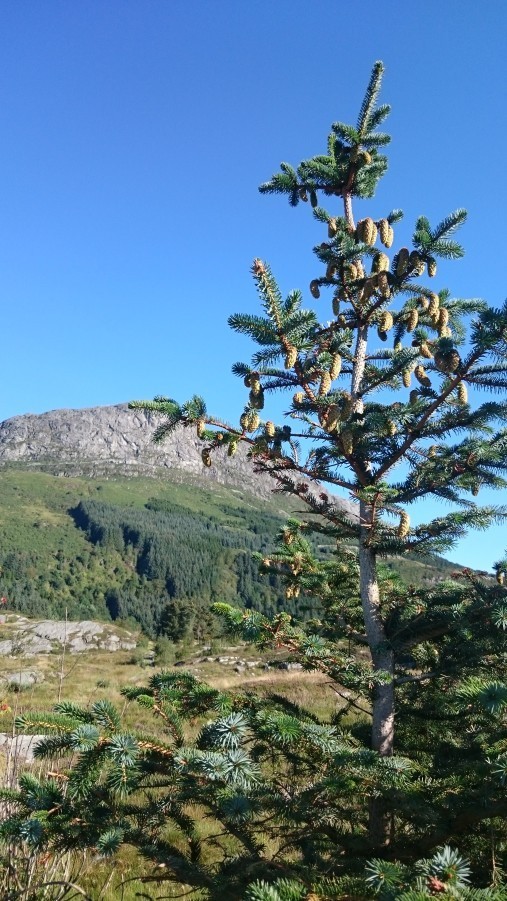Digital Public Defence
The PhD defence will be streamed on Zoom. The host of the session will moderate the technicalities while the chair of the defence will moderate the disputation.
Ex auditorio questions: the chair of the defence will invite the audience to ask ex auditorio questions either written or oral.
Digital Trial Lecture
Title: “ Ecosystem response to climate change"
Time and place: Jan 17, 2022 10:15 AM, Zoom
Adjudication committee
- Senior Lecturer, Dr. Paul Caplat, Queen's University Belfast, UK
- Dr. Alberto Jimènez Valverde, Universidad de Alcadá, Spain
- Professor Brita Stedje, Natural History Museum, University of Oslo
Chair of defence
Research Director, Hugo de Boer, Natural History Museum, University of Oslo
Supervisors
- Professor Rune Halvorsen, Natural History Museum, University of Oslo
- Associate Professor Inger Auestad, Western Norway University of Applied Sciences, Sogndal, Norway
- Professor Knut Rydgren, Western Norway University of Applied Sciences, Sogndal, Norway
Summary
Imported plants frequently spread from where they are planted — forestry conifers being a prime example. A particular species may spread rapidly into many ecosystems across a large area, or its spread may be more gradual and confined. The impact on ecological and other values depends largely on these differences.
 For species that have just begun to spread, it is therefore crucial to know where they will move, and how fast. To make these forecasts, we can look at where the species occurs in its home range, and observe the early stages of naturalization in the introduced range. The home range reveals broad environmental constraints on the species’ spatial distribution, like climatic limits, while the introduced range manifests the fine-scale processes underpinning the expansion, like seedling establishment. But the forecasts will only be good if the inferences are made carefully, this thesis finds.
For species that have just begun to spread, it is therefore crucial to know where they will move, and how fast. To make these forecasts, we can look at where the species occurs in its home range, and observe the early stages of naturalization in the introduced range. The home range reveals broad environmental constraints on the species’ spatial distribution, like climatic limits, while the introduced range manifests the fine-scale processes underpinning the expansion, like seedling establishment. But the forecasts will only be good if the inferences are made carefully, this thesis finds.
The thesis: (1) introduces software that isolates important environmental constraints from spurious ones, (2) presents a method to handle spatial bias in occurrence data, (3) quantifies spread into ecosystems with unequal levels of exposure, and (4) identifies current bottlenecks that could release populations from their observed trajectories. Sitka spruce in Norway serves as the motivating case throughout.
